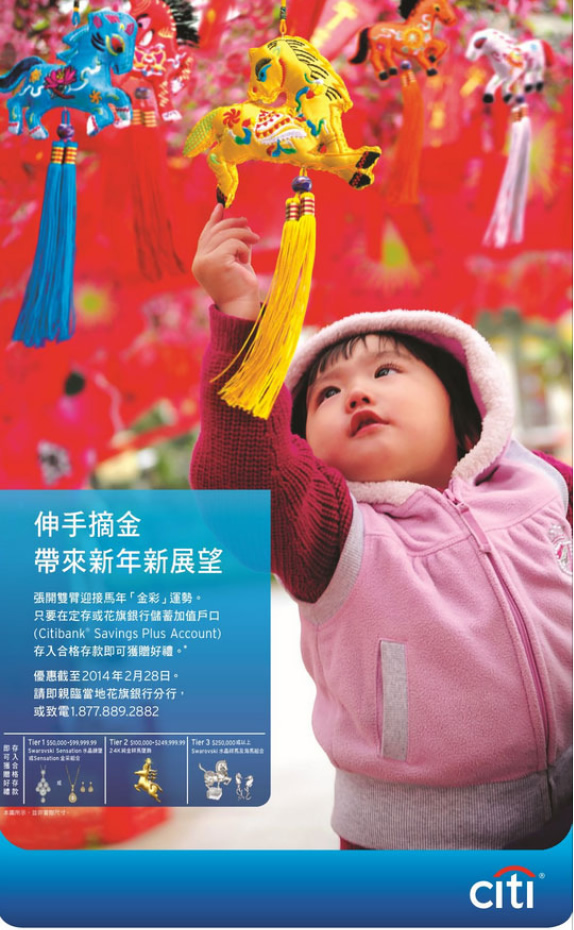
By Jennifer Leeper
In 2013, Nielson released a consumer report that called Asian Americans “significant, sophisticated, and savvy” and suggested that the AAPI community was an affluent and quickly growing market segment. But how are companies reaching the Asian consumer? Compared to other ethnic groups in America, Asian-Americans are highly accessible in their consumerism, because they love their smart phones and interacting with the world through social media. Bill Imada, founder and chairman of IW Group, a full-service advertising agency specializing in Asian-American markets, says more than 70 percent of Asian American consumers use smart phones, the highest rate of any other American ethnic group. “Social media continues to change the landscape on how marketers reach and engage with Asian and Asian-American consumers,” Imada said. Furthermore, mobile chat applications are starting to become very popular in the Asian American community. These include Kakao, Viber, Tango, WeChat and WhatsApp, according to Tommy Ng, general manager at Admerasia. “…a large

portion of us use a mobile chat app to communicate with our family/friends back in our home country.”
At the same time, it is important not to use “Asian American” as a blanket term. The Asian American population a diverse group of ethnicities, ages, and backgrounds. According to Ng, each Asian consumer sub-segment demands a unique advertising strategy to gain its attention. “Asian-Americans represent so many different countries and cultures,” Ng said. Asians also represent several age demographics, with the ‘Millennials’ front and center for advertisers across all ethnic groups.
Imada asserts that an integrated approach in reaching Asian-Americans overall is and should be emphasized to successfully intersect with Asian consumers. “In order to secure your share of voice, tapping into traditional and nontraditional avenues all lead to marketing success. Regardless of the approach however, community engagement continues to be an important component of this integrated approach. “The smart marketers are involved with grassroots organizations that serve the needs, interests and aspirations of the communities and consumers you are trying to reach. This includes participating at community festivals, symposia, panel discussions, and cultural events.”

Iris Yim, founding director of Vision Strategy and Insights, says despite the Census and Pew reports showing that Asian-American population growth surpassed that of Hispanic growth, there is still a blind spot to minority consumer demographics like Asians. “…the Asian American market as a whole suffers a setback as markers embrace the total market approach. We have seen some companies that have embraced multicultural marketing in the past dismissed their multicultural marketing chiefs and got rid of their multicultural marketing departments.”
Though Asian-American growth is outpacing Hispanic growth, advertisers continue to focus front-line energies on the latter group. “If we were to focus solely on Latinos/Hispanics from North America, Central America, South America and the Caribbean countries, we are talking about a population that is less than 1 billion people. China and India alone are more than 2.4 billion people and growing. Some of the fastest growing segments of the Asian-American community are consumers who hail from China and India. Smart marketers see this trend and are already thinking of ways to address these consumers,” Imada said.
 Asian Fortune Your source for all things Asian American
Asian Fortune Your source for all things Asian American



